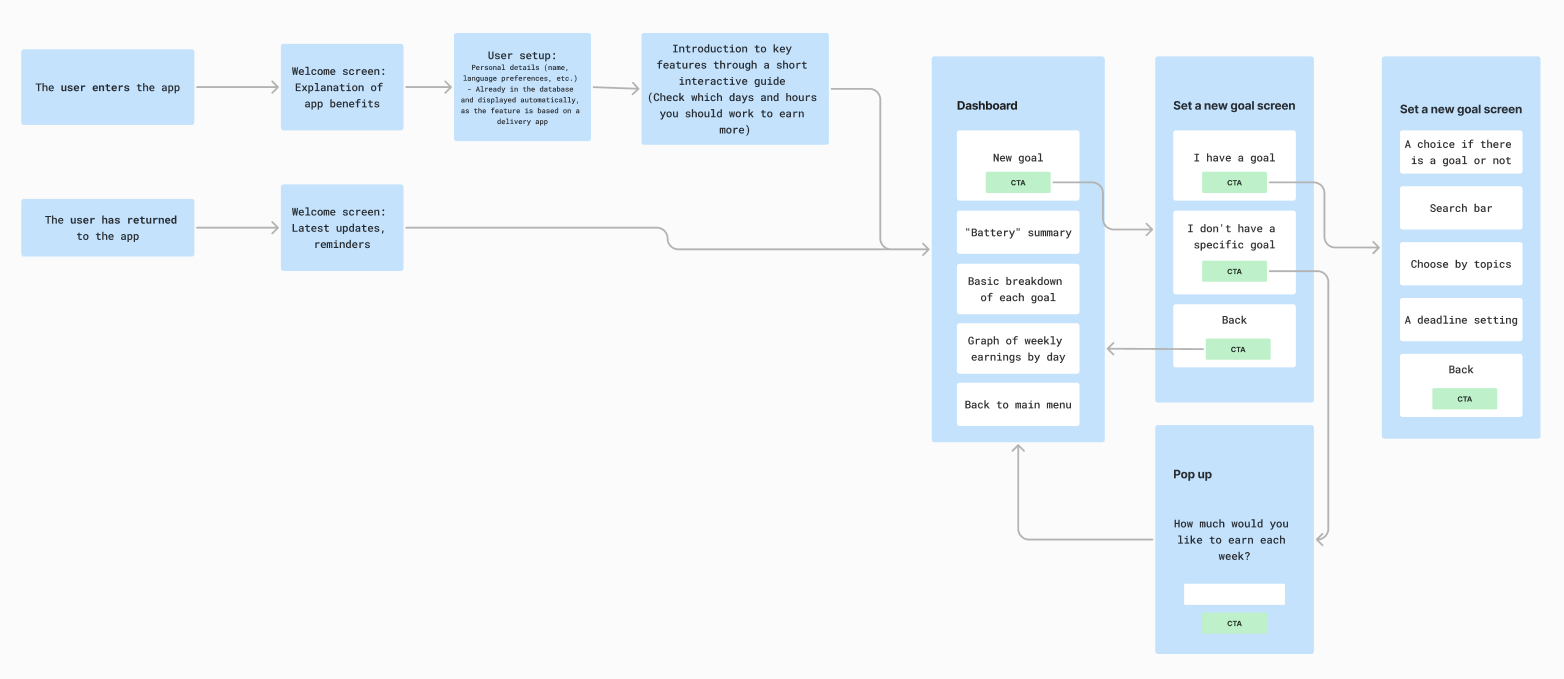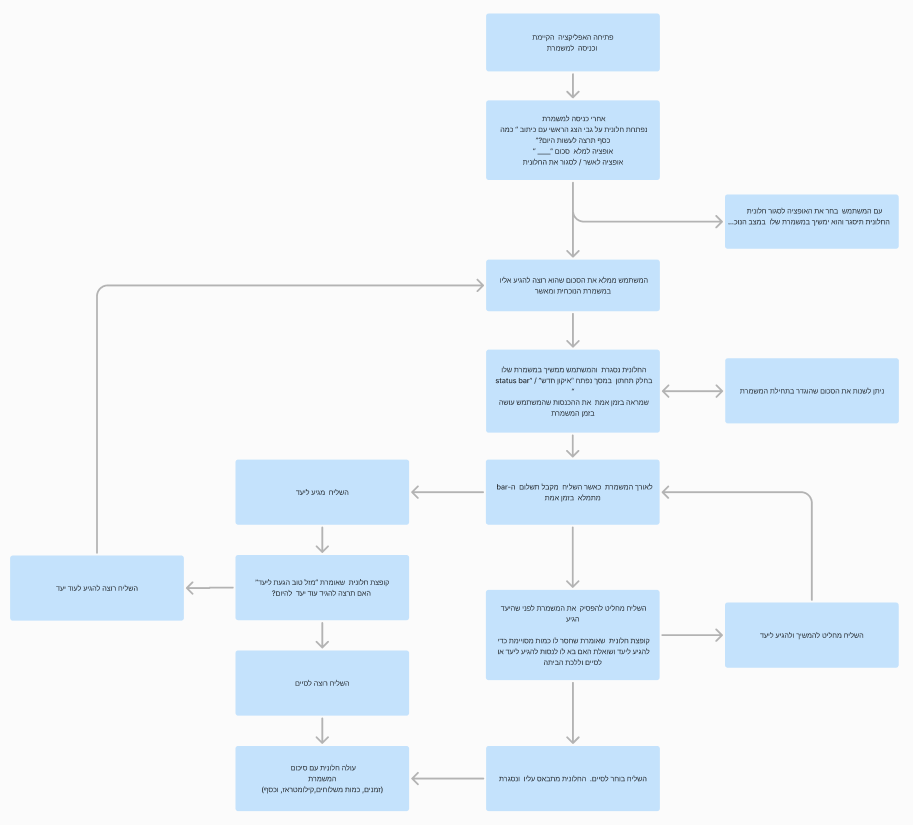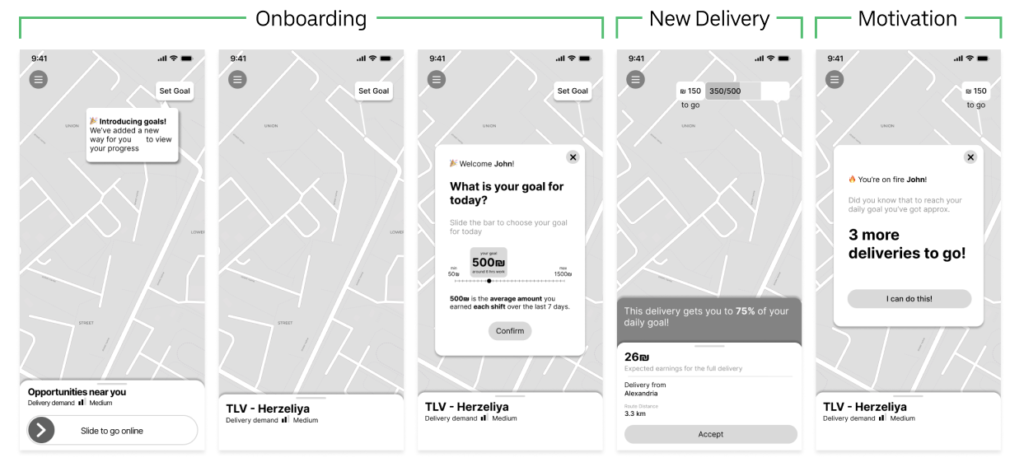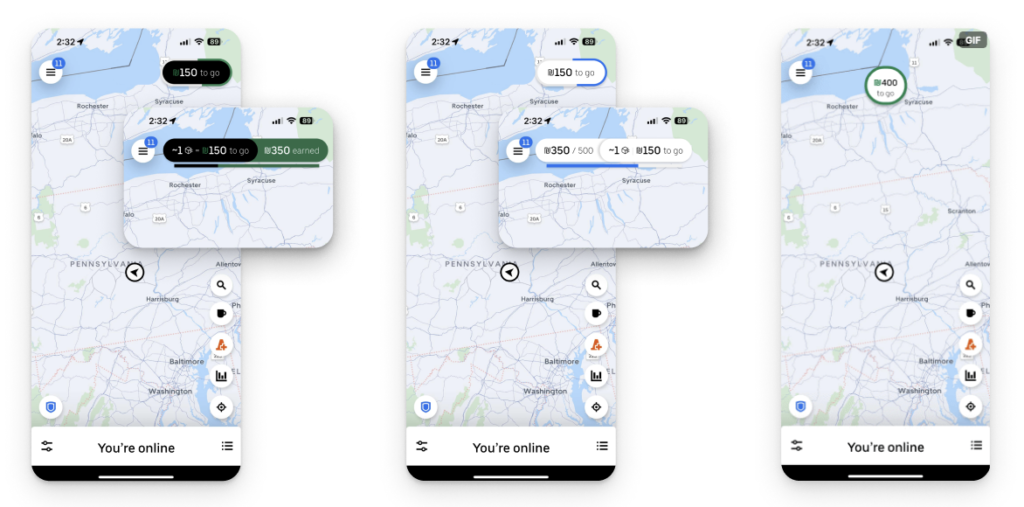Drive - UberEats
An Economic Feature for Couriers

Background
As part of the Google Reichman’s Tech School UX program, our team was tasked with designing a feature to enhance financial planning for Uber Eats couriers. This initiative aimed to drive both courier earnings and Uber’s business performance by providing a data-driven approach to income management.
My Role
(Bar Avizemer, Omer Fefer, Noy Goldenberg, Lora Sror)
Timeline
5 weeks / December – January 2024
Process
Design Research – Empathizing – Ideating –
Designing – Usability Testing
“How might we help couriers at work set financial goals and achieve them?”
Final Prototype
Our prototype provides an intuitive and seamless experience for Uber Eats couriers, allowing them to set financial goals, track earnings, and adjust targets effortlessly.
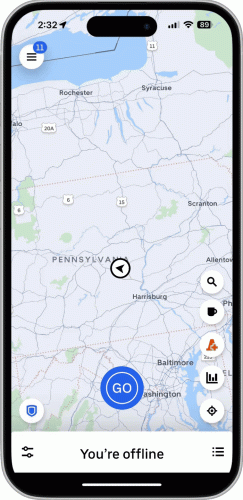
Collaboration & Teamwork
Seamless communication was at the heart of our team’s success. From the initial kickoff meeting, we established a clear workflow and open communication, ensuring that everyone stayed aligned throughout the process. We strategically divided tasks based on individual strengths while maintaining collaborative involvement in every phase – from research and ideation to prototyping and testing. This approach not only optimized efficiency but also fostered a shared sense of ownership, leading to a well-rounded and impactful design solution.

1. Research
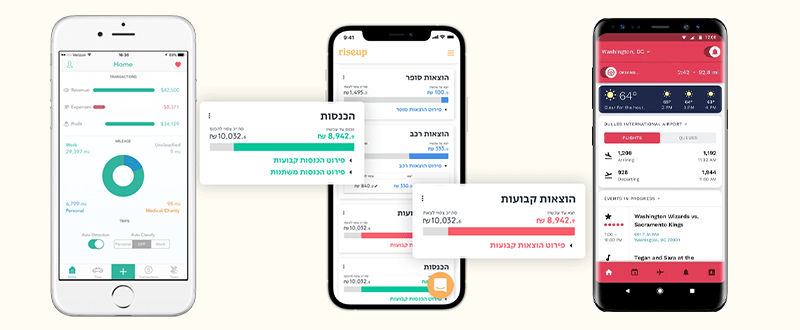
2. Empathize
2.1 User Stories
2.2 Persona
Through in-depth interviews with couriers, we uncovered key pain points in their financial planning and daily earnings tracking. These insights directly shaped our feature, ensuring it addressed real user needs rather than assumptions.
3. Ideate
3.1 User Flows
3.2 Appmap
Simplified information structure was crucial to prevent overwhelming users. We designed a sitemap that organized key features logically, ensuring that couriers could easily navigate between financial planning tools, earnings insights, and goal-setting functionalities.
3.3 Sketching
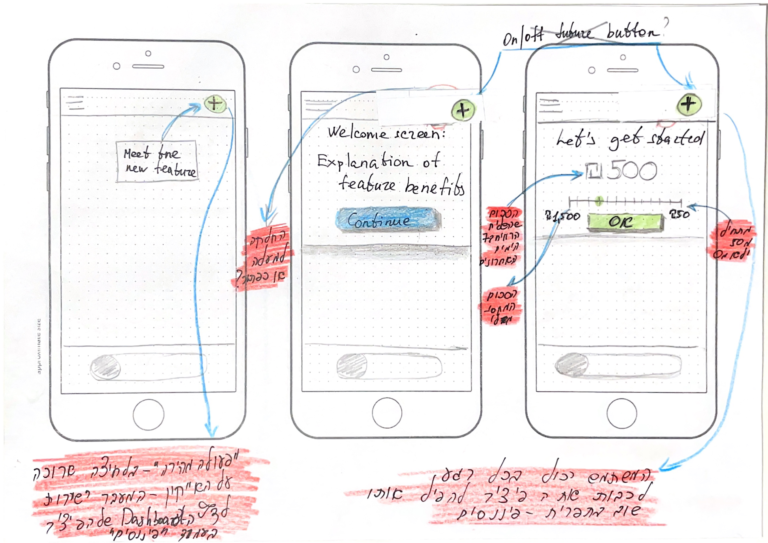
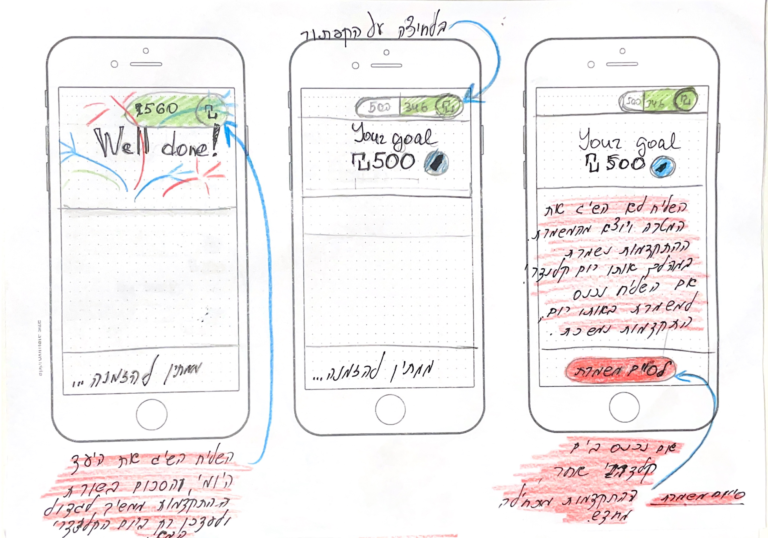
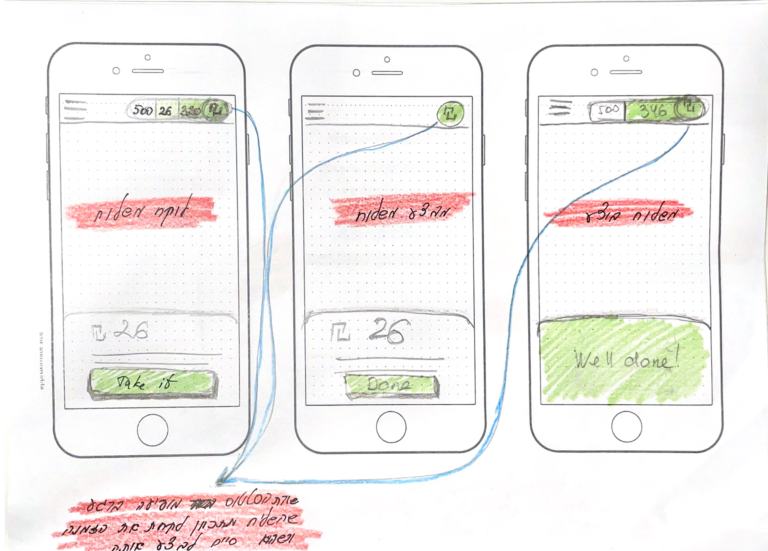
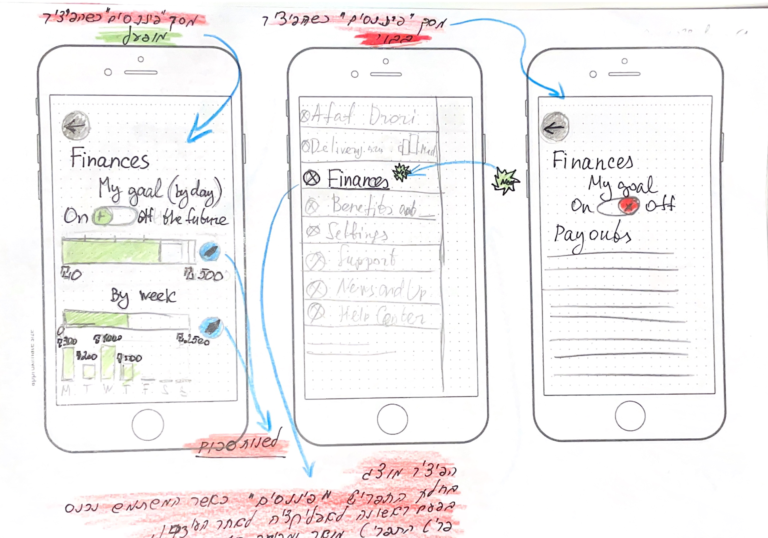
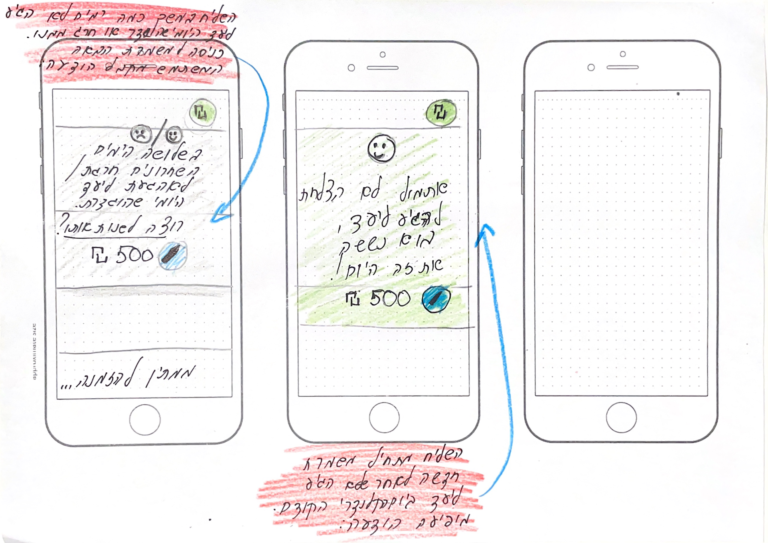
5. Test
5.1 Guerrilla usability testing
To validate our design, we created a clickable prototype and conducted guerrilla usability testing with couriers. The goal was to assess how intuitively they could navigate the feature and complete key actions.
Tested Tasks:
- Set a financial goal (600 NIS)
- Complete the delivery process
- Check progress on earnings
- Modify the financial goal
5.2 Usability Insights & Improvements
Based on our usability testing, we identified two key issues:
- The “Set Goal” button lacked visibility – Users had difficulty locating it, which led to confusion when trying to set their financial targets.
- Progress tracking was not intuitive – Users struggled to find a way to check their progress within the feature.
To address these issues, we refined the UI by enhancing the button’s visibility and improving the progress bar’s accessibility, ensuring a smoother and more intuitive user experience.
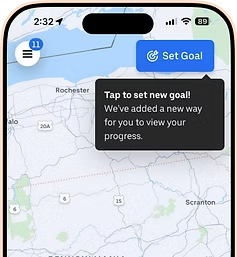

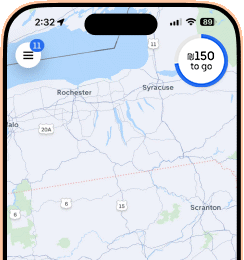
6. Feature Challenges & Success Metrics
6.1 The feature’s challenges
Unrealistic goals
Motivational ‘sweet spot’
Balance between not motivating enough or irritating the user
6.2 The feature’s measures of success
How many users:
- Define their goal
- Reuse the feature
- Are regular users
The feature’s effect on:
- Number of times they reach the goal
- Hourly rate – efficiacy
